Ball Python How Often to Feed
With their gorgeous color morphs and docile personality, there are few snakes quite as manageable and eye-catching as the pastel ball python. If you're a first-time snake owner or have years of experience, you likely have at least a few questions about this popular pet. We are here to answer all of your questions for you. Just consider this your ultimate guide to the pastel ball python snake.
As you might have guessed, there's a lot to know about these snakes! While they're certainly easier to maintain than some other types of snakes, it's normal to have questions about taking care of your new pet.
Today, we're going to help provide you with all the information you need to know about your pastel ball python snake. We'll begin by answering the question: What exactly is a pastel ball python? In addition, we'll share what these snakes look like.
After that, we'll talk about some of the husbandry requirements of this pet. We also will provide you with information about the type of enclosure you need for your snake. Then, we'll discuss what you can expect from your pastel ball python's disposition, and lastly, share how you can buy your own.
What Is a Pastel Ball Python?
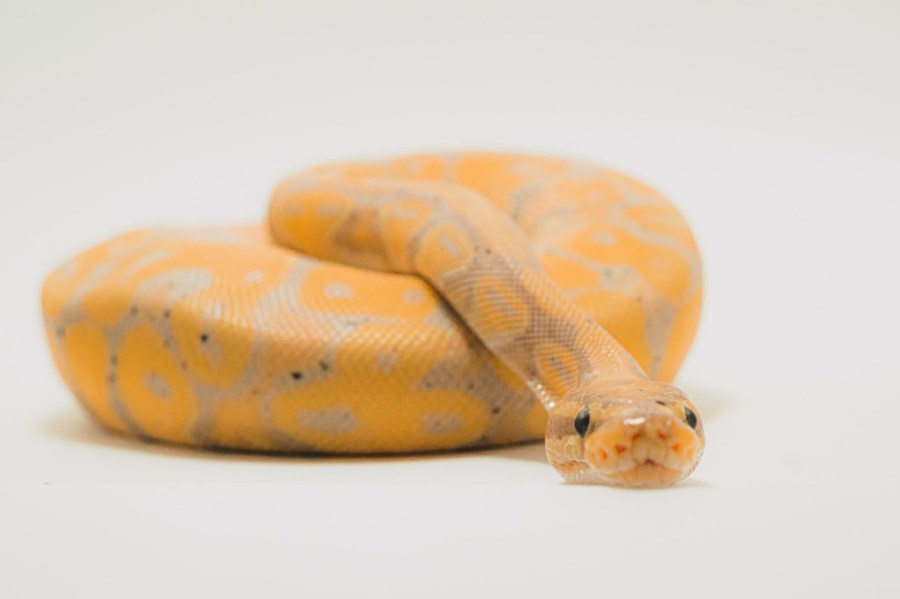
A pastel ball python is a type of genetic variant (morph) of the popular snake, the wild-type ball python. This morph features codominant genes. These genes produce a vibrantly colored snake that is highly desirable. It has the personality of a traditional ball python but also a somewhat flashier appearance.
Ball pythons were named for a particular habit that they have. These snakes frequently curl themselves into a tight ball. Therefore, their moniker is certainly fitting. When your ball python is fully grown, you can expect it to be approximately four to five feet long.
The snake will reach its fully mature size within about three years. These snakes also generally can live up to 30 years with proper care. If you give your pastel ball python plenty of love and attention, your pet will be with you for plenty of years to come.
Since the early 1980s, the ball python, a unique and docile snake, has been exported to the United States for the pet trade. Nowadays, thousands get exported from Africa. Despite this fact, the wild populations are actually still going strong–definitely good news for the ball python.
The pastel ball python usually falls into the category of a medium-sized snake. These snakes are native to the western portion of Africa. The region is the perfect space for snakes: it's covered with wooded forests, savannas, and grasslands, too.
These snakes are nocturnal. In other words, they spend a majority of the daytime hiding out in burrows or stump holes underground when they're in the wild. At night, these snakes emerge, eager to hunt for both birds and rodents. Because of their basic habits, they are able to adapt easily to life in captivity.
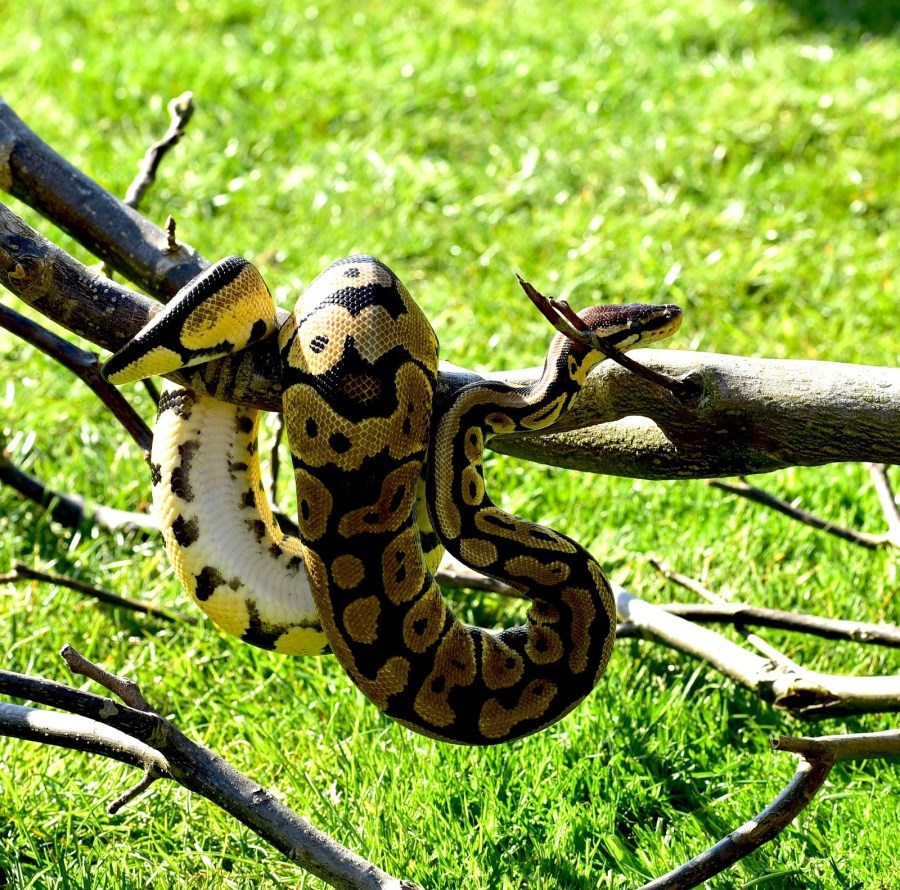
As we mentioned, this snake has a unique genetic variation, or morph, that is responsible for giving them their bright pattern. The pastel ball python is more colorful than a traditional ball python would be, and they usually have pale green eyes too.
Another potential sign that you have a pastel is their lips. Some pastel ball pythons have white lips. This is an extremely rare feature, so if you find a snake that has this, you will likely be paying more as a result.
In addition to this, you will likely notice that a pastel ball python has a bright yellow color that extends from their stomach all the way up their sides. As they age, however, pastels often "dirty up" quite a bit. This means that this feature will be the most noticeable on a young snake.
Their pattern will definitely resemble that of a regular ball python, but it won't be just the same. Take a look at the stomach of a pastel ball python. You will notice that it appears to be both cleaner and whiter than a traditional ball snake. There won't be checkering or other dark marks, either.
If you take inventory of these physical features, you can be sure that you really are getting a pastel ball python. These snakes are strikingly beautiful, so we have a feeling you will know one when you see it!
How Can I Take Care of My Pastel Ball Python?
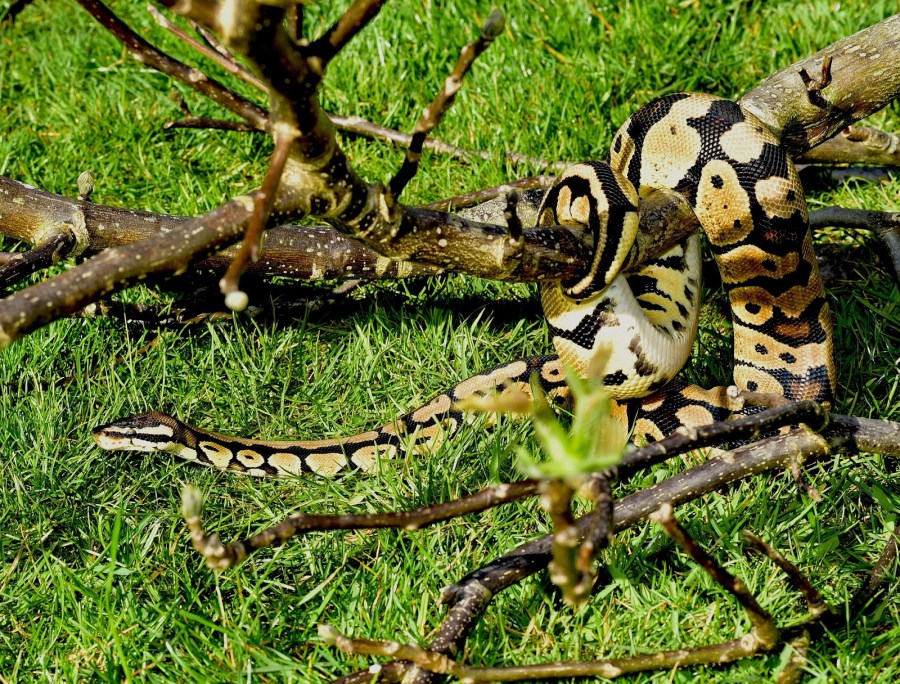
There are a variety of ways that you can take proper care of your pastel ball python. By following these guidelines, you can be sure that your snake is given the care that they need and deserve.
The most important things to get right are your pastel ball python's dietary needs and their environment. If you are able to give your snake the proper care in these two categories, you can expect to hopefully enjoy a long time with them.
Of course, another crucial requirement to take care of your pastel ball python is to show them lots of care. These snakes are renowned for their docile and calm attitude. They're also considerably willing to be handled.
In order to properly socialize your snake, you can condition them to handling. For the first week that they're at their new home, don't handle them. This enables your pastel ball python to get adjusted to their brand new environment.
Now, after week two, you can handle them for ten to 15 minutes per day. During week three, you can increase that to 15-30 minutes per day. Change the time of day at this point. Finally, during week four, you can handle them for 15 to 30 minutes and change the method in which you are handling your snake.
While handling isn't technically part of taking care of your ball python, it does help them bond with you. This also allows for your snake to trust you more, which is a good basis for taking care of them.
What Type of Enclosure Do I Need for My Pastel Ball Python?
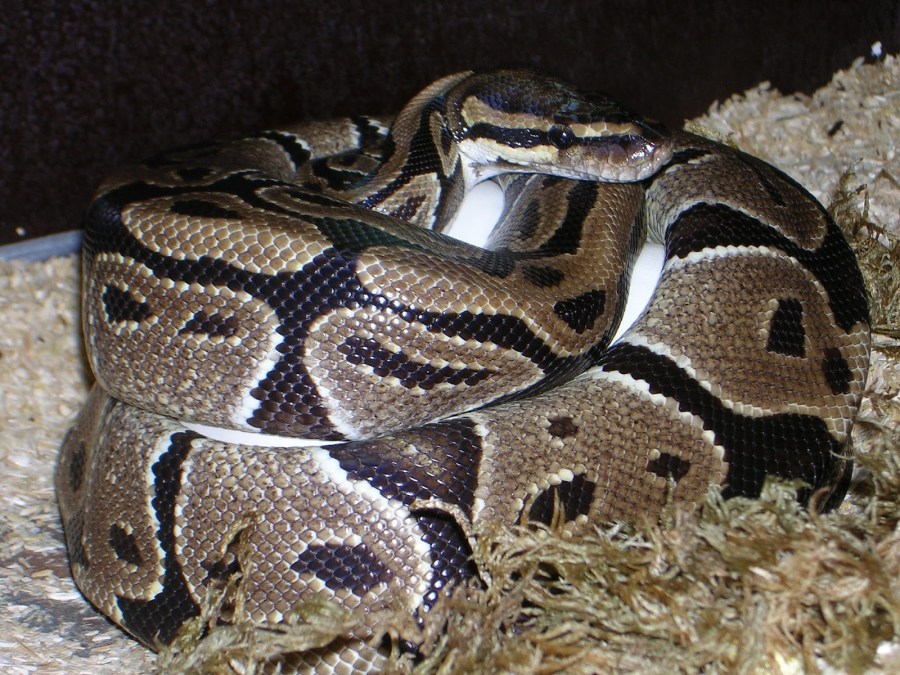
It is essential that you create the correct environment for your pastel ball python snake. One of the most important things to keep in mind is that your pet's enclosure size should alter based on their age.
A hatchling that is under a year old should have a ten-gallon tank. Juvenile snakes larger than a foot and a half long, however, should have a larger tank: 20 gallons will work. Lastly, adults should reside in a 40-gallon space. This will provide them with ample room.
In addition, you should use aspen-shavings for mulch-like substrate, including reptile bark or even coconut fiber bedding. Dampened sphagnum moss is another potential choice. Your pet will also need a space to hide. This should be large enough for them to fit inside. A branch to climb on top of should also be provided.
Getting the humidity right is also crucial. You should maintain 40-60% humidity and raise this during the time your snake sheds. In addition, you'll need a temperature gradient. We recommend that you use radiant heat.
Now, let's talk about lighting. You should be sure to provide your pet with between eight and 12 hours a day of light. Don't use the light constantly. Instead, a ceramic heat lamp should be used as the source during the nighttime.
What Should I Feed My Pastel Ball Python
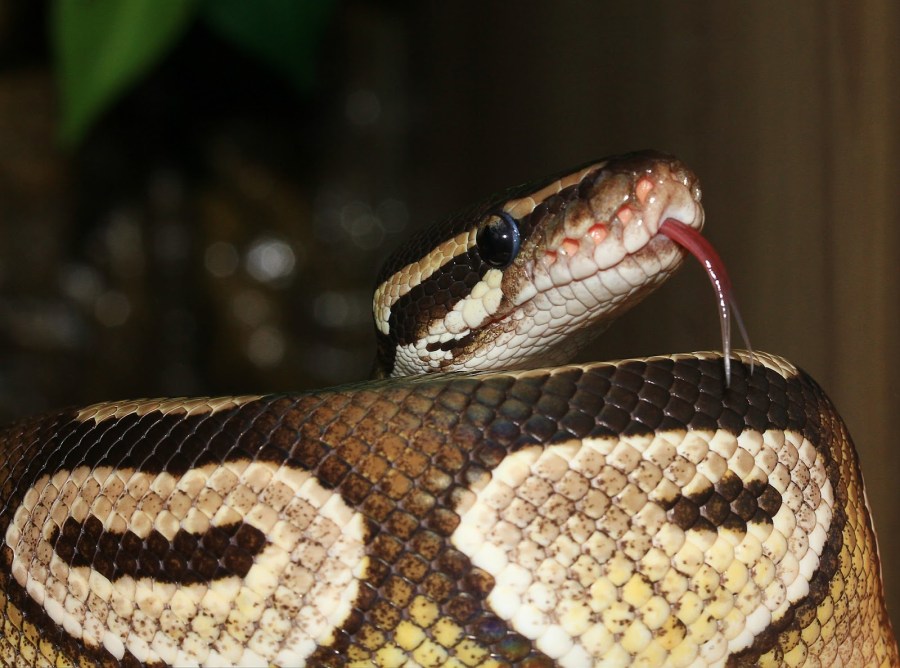
Your pastel ball python will need to eat rodents that are of an appropriate size. Their prey should usually be the width of the thickest portion of their body, so be sure that you don't give your snake anything larger than that.
These animals, in the wild, kill their prey in a unique manner. They're a constrictor species, which means they coil around their prey. It's possible that your pastel ball python will prefer mice more than rats, so offer them both when they're juveniles. This will help ensure that your snake doesn't become a picky eater.
Pastel Ball Python Disposition
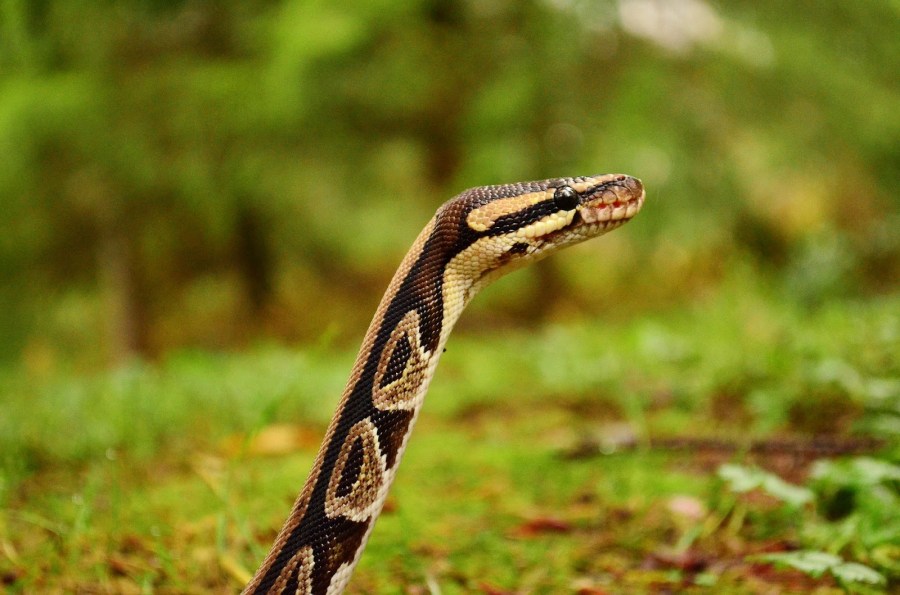
Last but certainly not least, let's talk about the pastel ball python's disposition. As we've mentioned, these animals are extremely docile. They're manageable and rather enjoy handling compared to some other snakes. Therefore, they're excellent snakes for beginners.
Have a Ball
You'll find that getting a pastel ball python will be an extremely fulfilling experience. If you're sure that you have the resources to give your new pet a long, healthy life, then getting a pastel ball python is a great idea. Follow this guide, and you'll have answers to all of your questions!
SOURCES:
Pastel Ball Python Care Sheet: Complete Husbandry Guide | Everything Reptiles
Pastel Ball Python Care Sheet: Everything You NEED to Know… | Reptile Guide
13 Tips To Better Reptile Handling | Reptile Magazine
Source: https://www.reference.com/pets-animals/pastel-ball-python?utm_content=params%3Ao%3D740005%26ad%3DdirN%26qo%3DserpIndex&ueid=4f1042de-3f23-4e98-aba8-43151588c5f9
0 Response to "Ball Python How Often to Feed"
Post a Comment